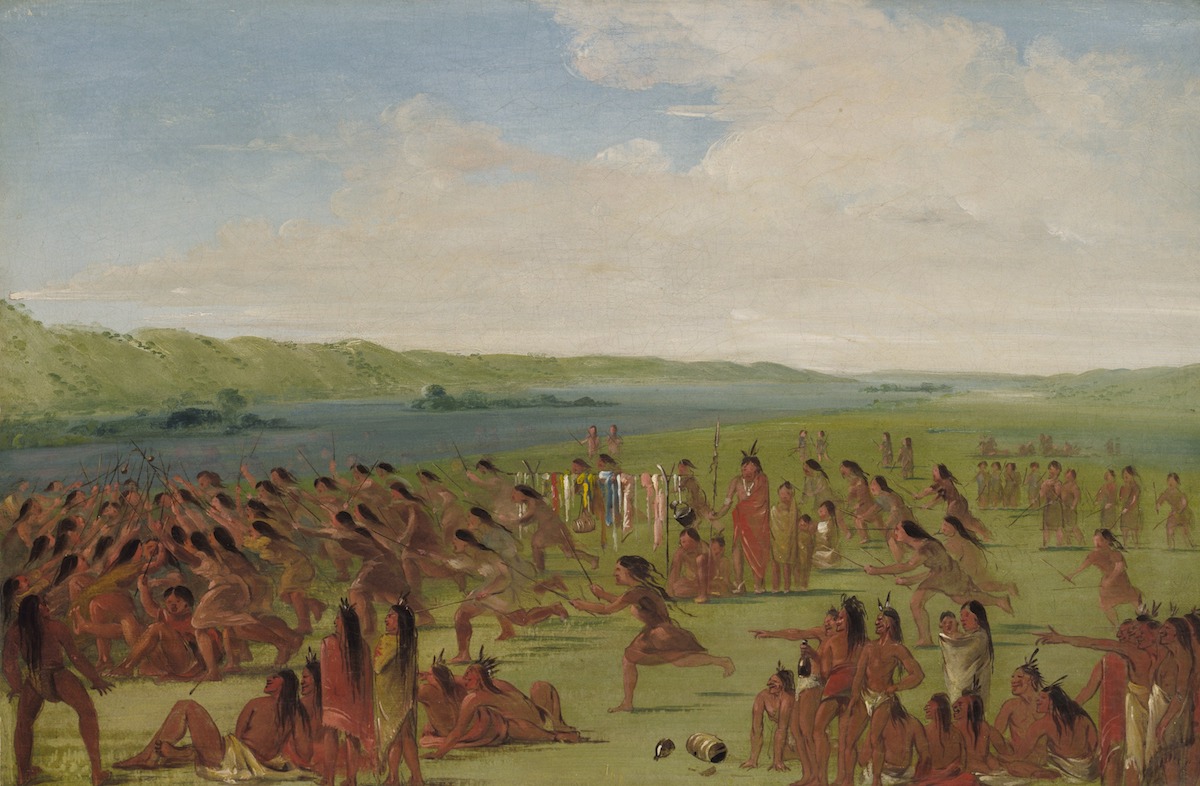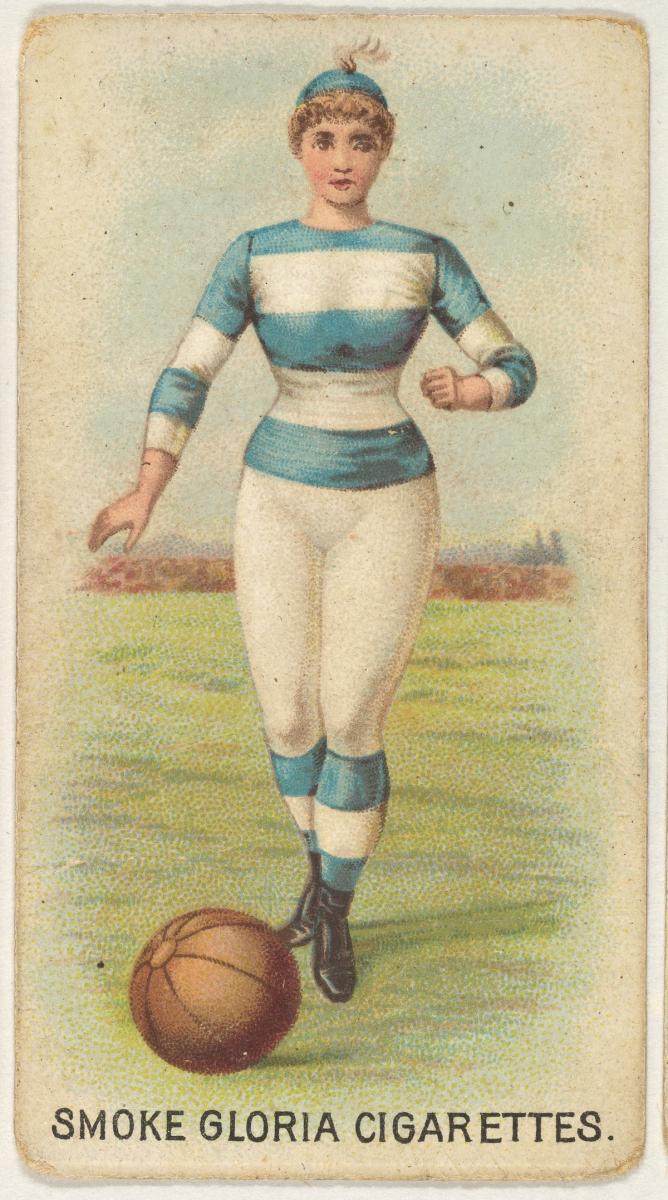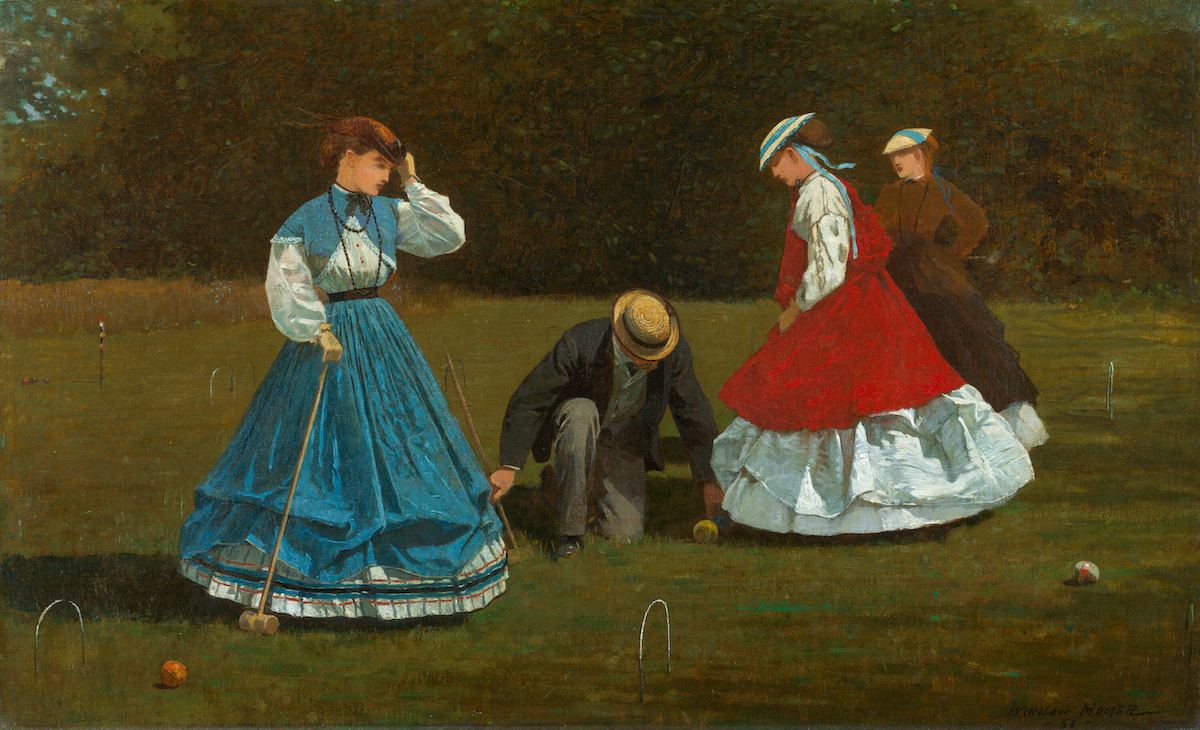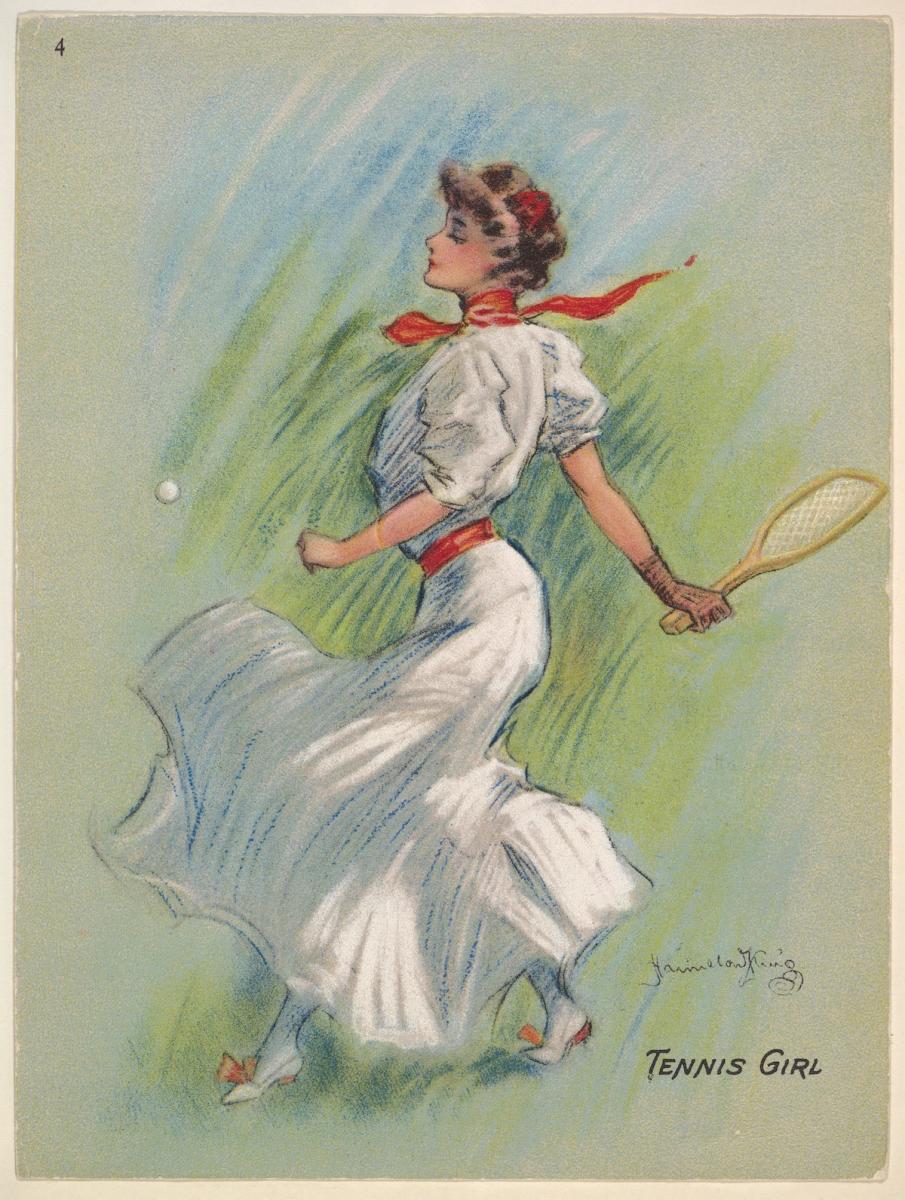This wonderful Cornish workshop and museum is dedicated to the legacy of studio pottery trailblazer Bernard Leach
5 artworks to celebrate women’s sports!
5 artworks to celebrate women’s sports!
20 Jul 2023
The FIFA Women’s World Cup is upon us: to mark the occasion here are five great artworks that champion the field of women’s sports
Is it coming home? This question, once asked every four years, now crops up at more regular intervals, thanks to the renaissance of women’s football.
In the 2019 Women’s World Cup, England’s squad came an impressive fourth, and the Lionesses are keen to expand on their success at this year’s tournament in Australia and New Zealand, which kicks off on 20 July.
While women have been playing football and similar sports for thousands of years, an FA ban between 1921 and 1970 has created a misconception that such activities are a more modern endeavour. This sense has only been reinforced by the relative lack of art documenting female sport, including football.
However, brilliant pieces do exist.
Here we winkle out five artworks, each devoted to a different sport, that prove the point.
 Ball-play of the Women, Prairie du Chien by George Catlin (1796–1872), c.1836. Image: Smithsonian American Art Museum, Gift of Mrs Joseph Harrison Jr
Ball-play of the Women, Prairie du Chien by George Catlin (1796–1872), c.1836. Image: Smithsonian American Art Museum, Gift of Mrs Joseph Harrison Jr
Games on the prairie
Seen here is a sport that might be less familiar to most people: ball-play from the Eastern Sioux/Dakota region of North America.
Artist George Catlin had seen Choctaw lacrosse in Indian Territory in 1834. A year later he witnessed what he committed to canvas here.
The painting portrays a game he saw in what is today Wisconsin, played by Native American women. The women are each given two short sticks to hold. They use these sticks to catch, throw and block two balls connected by a length of rope. Get the balls over your opponent’s goal, and you win.
Catlin was well travelled in North America and painted several different Native American communities. He would take these paintings, as well as his wider observations, across the continent and to Europe.
 From the series ‘Sports Girls’, c.1889. Image: The Metropolitan Museum of Art, The Jefferson R Burdick Collection, Gift of Jefferson R Burdick
From the series ‘Sports Girls’, c.1889. Image: The Metropolitan Museum of Art, The Jefferson R Burdick Collection, Gift of Jefferson R Burdick
Art on a card
The Metropolitan Museum of Art has a fantastic collection of cigarette cards featuring female athletes, including jockeys, rugby players, dancers and ball sport competitors. Produced by the American Cigarette Company in Montreal, they promoted Gloria Cigarettes through their lively illustrations and ‘tradeable’ qualities.
The worlds of cigarette cards and sports have been entwined since 1875. Companies across North America and the UK turned to baseball players, cricketers, footballers and hockey players for inspiration, as well as animals, flags, places, Native American chiefs and female acting stars.
As collectibles, they encouraged consumers to buy more cigarettes. Although that fact feels uncomfortable to today’s thinking, in current times these beautifully crafted little artworks are useful for researchers as snapshots of culture at specific times in history.
 Croquet Scene, Winslow Homer (1836–1910), 1866. Image: The Art Institute of Chicago, Friends of American Art Collection, Goodman Fund
Croquet Scene, Winslow Homer (1836–1910), 1866. Image: The Art Institute of Chicago, Friends of American Art Collection, Goodman Fund
A round of croquet
The great American painter Winslow Homer was drawn to outdoor scenes – particularly those that involved both the upper classes and recreational activities.
What better subject, then, than croquet – a sport rivalled perhaps only by equine categories in terms of its association with the well-to-do?
Here, women and men are seen enjoying a game together. They were certainly on-trend, as the first recorded use of the word croquet comes from just a decade earlier. Similar games had, of course, been around for much longer.
For Homer’s part, he would make five paintings of the sport, as well as many on other outdoor leisure pursuits.
 Wolf and Fox Hunt, Peter Paul Rubens (1577–1640) and Workshop, c.1616. Image: The Metropolitan Museum of Art, John Stewart Kennedy Fund, 1910
Wolf and Fox Hunt, Peter Paul Rubens (1577–1640) and Workshop, c.1616. Image: The Metropolitan Museum of Art, John Stewart Kennedy Fund, 1910
An eye on the prey
If croquet is a little tame for your liking, how about a hunt to the death? While opinions vary on whether such activities should be considered sport, or indeed allowed to take place at all, it’s undeniable that hunting was certainly seen as one of the great sports of days gone by. Men and women would saddle up for the day in search of their prey.
Peter Paul Rubens identified that anyone willing to devote so much time to the hunt might be interested in large-scale paintings that celebrated the activity. With his assistants, he created many such scenes (often as models for tapestries). This work was bigger when first created but had to be trimmed down as, supposedly, it was otherwise too large to be hung anywhere.
 Tennis Girl, from the series ‘Hamilton King Girls’ by Hamilton King (1871–1941), 1913. Image: The Metropolitan Museum of Art, The Jefferson R Burdick Collection, Gift of Jefferson R Burdick
Tennis Girl, from the series ‘Hamilton King Girls’ by Hamilton King (1871–1941), 1913. Image: The Metropolitan Museum of Art, The Jefferson R Burdick Collection, Gift of Jefferson R Burdick
Game, set and catch
Another cigarette card, but from a different era and with a completely new style. Created by Hamilton King for Turkish Trophies Cigarettes, this is one of a series that showed glamourised women in a whole range of professions: rowers, opera singers, sailors, cabaret dancers and basketball girls.
Here, the tennis player exudes charm and sophistication in a way that contrasts with the earlier athletes seen on other cigarette cards. King, who is also known for his Coca-Cola girl illustrations, rose to prominence as an artist of female subjects that represented early-20th-century fashions and aspirations. Even as cigarette cards were starting to be on their way out, he uplifted the art form.
About the Author
Ciaran Sneddon
writes for The Arts Society
JOIN OUR MAILING LIST
Become an instant expert!
Find out more about the arts by becoming a Supporter of The Arts Society.
For just £20 a year you will receive invitations to exclusive member events and courses, special offers and concessions, our regular newsletter and our beautiful arts magazine, full of news, views, events and artist profiles.
FIND YOUR NEAREST SOCIETY
MORE FEATURES
Ever wanted to write a crime novel? As Britain’s annual crime writing festival opens, we uncover some top leads
It’s just 10 days until the Summer Olympic Games open in Paris. To mark the moment, Simon Inglis reveals how art and design play a key part in this, the world’s most spectacular multi-sport competition



